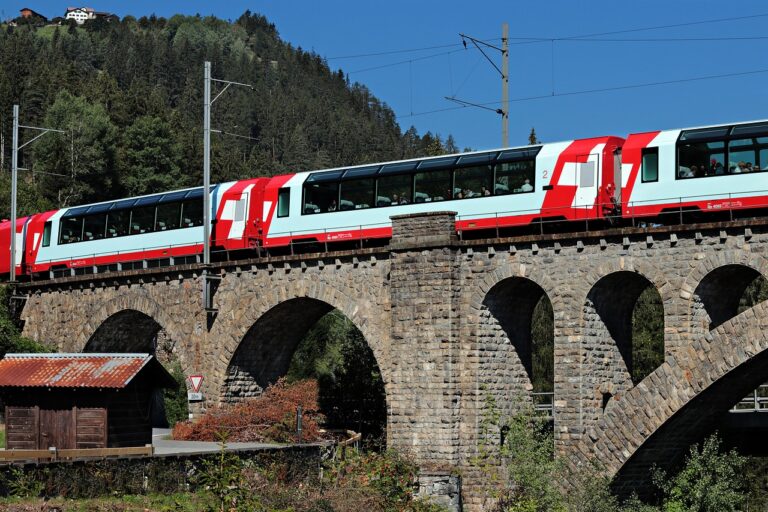Exploring Iconic Waterfalls and Rapids: A Nature’s Journey
Waterfalls have captured the awe and admiration of people around the world for centuries. The sheer force and beauty of cascading water down rocky cliffs are a sight to behold. The power of waterfalls is not just in their physical presence, but in the natural forces at work that shape and mold the world around us.
The rushing waters of waterfalls create a symphony of sound that resonates through the air, captivating all who are lucky enough to witness it. The misty spray that envelops the surroundings adds a mystical quality to these natural wonders, inviting us to pause and appreciate the raw power of nature. Waterfalls are not just beautiful sights to behold, but reminders of the incredible forces that have shaped our planet over millennia.
The History and Formation of Waterfalls
Waterfalls have captivated human imagination for centuries, symbolizing both the power and tranquility of nature. The formation of waterfalls is a fascinating process rooted in the geological evolution of landscapes. As flowing water encounters varying layers of rock, erosion gradually sculpts out steep cliffs and plunging cascades. Over time, this relentless force carves out intricate channels, shaping the distinct features that define each waterfall.
The history of waterfalls is deeply intertwined with the Earth’s ever-changing terrain. From majestic Niagara Falls to the towering Angel Falls in Venezuela, these natural wonders serve as a testament to the dynamic forces at play in our planet’s geology. As glaciers recede and rivers ebb and flow, new waterfalls are born while others fade into memory. Understanding the history and formation of waterfalls provides a glimpse into the profound impact that water, gravity, and time have on shaping the world around us.
How are waterfalls formed?
Waterfalls are formed when a river or stream flows over a steep drop in elevation, creating a dramatic cascade of water.
What causes the roaring sound of waterfalls?
The roaring sound of waterfalls is caused by the force of the water as it plunges over the edge and crashes into the pool below.
Can waterfalls change over time?
Yes, waterfalls can change over time due to natural erosion processes, changes in the flow of water, or human interference.
Are there different types of waterfalls?
Yes, there are several different types of waterfalls, including plunge waterfalls, horsetail waterfalls, and tiered waterfalls.
What is the tallest waterfall in the world?
Angel Falls in Venezuela is the tallest waterfall in the world, with a total height of 3,212 feet.





